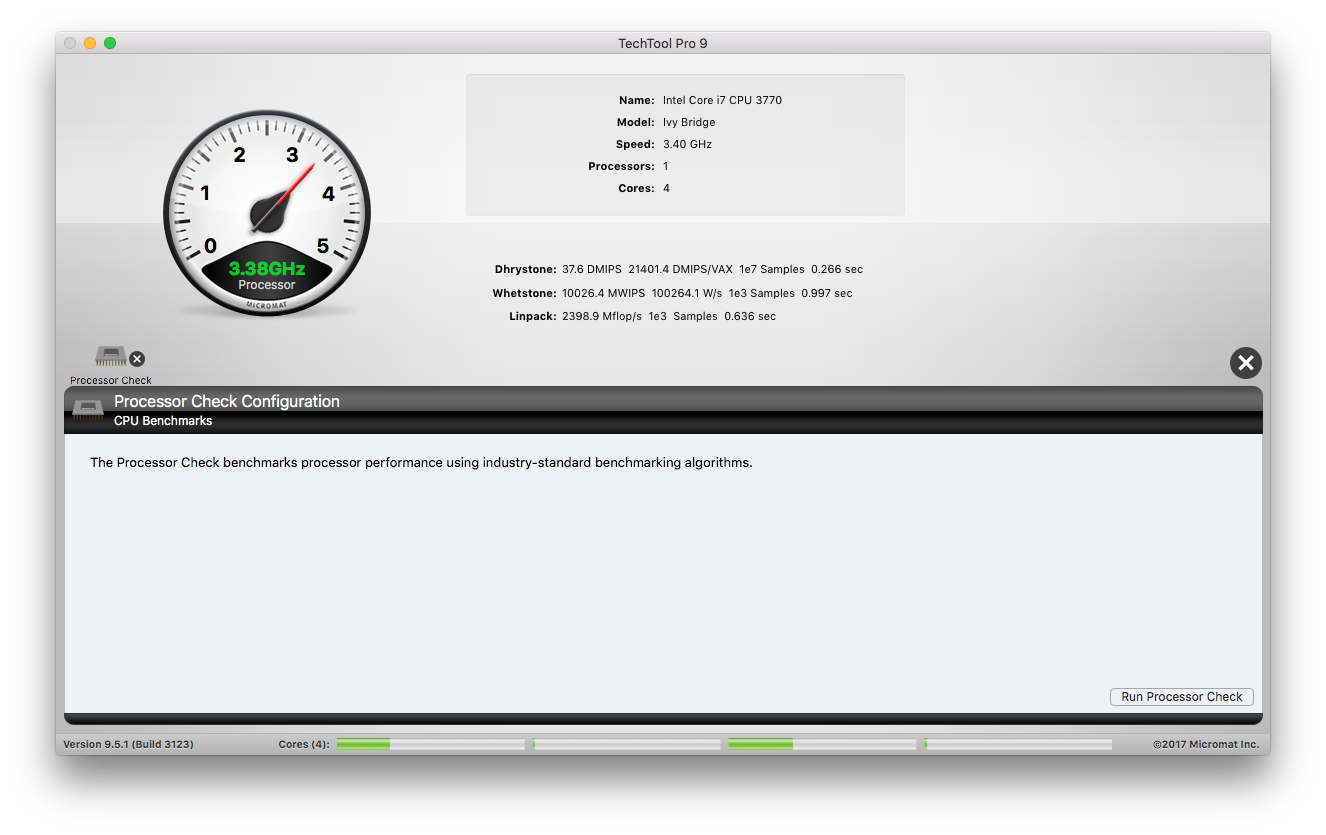

Click to select your internal drive in the left column, then click the First Aid button to run Disk Utility (which runs pretty much the same directory checks as fsck does). When you get to the desktop, you’ll see the MacOS Utilities window, which includes four options:ĭouble-click on Disk Utility. You will see the Apple on the screen, and the boot process will take longer than usual. Instead of booting into Single User Mode (by holding down Command – S on the keyboard, boot into the Apple Recovery Disk by holding down Command – R when booting up. If you continue to have a problem, you can contact us at or 91. If you double-click on Disk Utility, the standard Disk Utility window will open and you can both verify and repair the disk.

There will be four choices in the Window: Restore from Time Machine Backup, Reinstall macOS, Get Help Online, and Disk Utility. Booting up will be slower than usual, but you should end up at a desktop screen with a MacOS Utilities window. Turn it on and press and hold Command – R on the keyboard. If that doesn’t work, you can also try booting into the Recovery Disk, which works on any MacOS version 10.7 or later. That sometimes adds a couple of lines, and the last line has the /root prompt. If that doesn’t work, once the screen has gotten down to its last line and it doesn’t seem it add any new lines, just press the Return/Enter button on the keyboard. Some Macs load single user mode slower than others. Presuming you are at least getting the black screen with white lettering, it may be that you need to wait a bit longer.


 0 kommentar(er)
0 kommentar(er)
